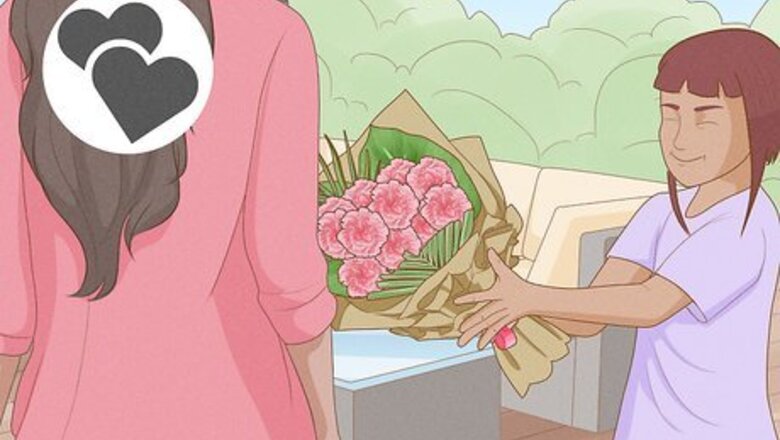
views
- Carnations symbolize love, devotion, distinction, and fascination.
- Red carnations represent romantic love while pink carnations signify gratitude and are the official flower for Mother’s Day.
- White carnations symbolize pure love and good luck while yellow carnations represent remorse or disappointment.
Carnation Symbolism

Love The carnation’s colorful, frilly petals and sweet aroma are associated with love in all its forms. These delicate blooms can represent a mother’s pure love, the warmth of familial love, or a romantic partner’s fiery passion. Carnations are deeply tied to a mother’s love. According to Christian beliefs, carnations bloomed from Mary’s tears as she cried during Jesus’ crucifixion. Carnations are also the official flower for Mother’s Day. Activist Anna Jarvis founded the day in 1907 and chose carnations as the official flower because they were her mother’s favorite.
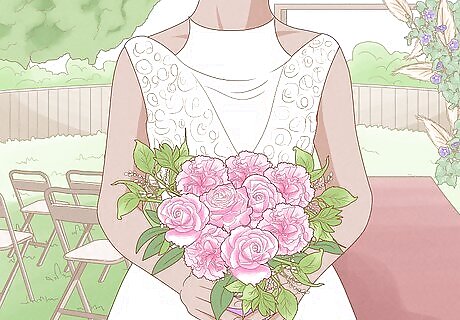
Devotion Carnations are one of the oldest cultivated flowers in the world, so it’s no wonder they signify commitment and loyalty. These blooms are popular in bridal bouquets, wedding arrangements, and corsages, making them sweet flowers to show off your dedication to your beloved.
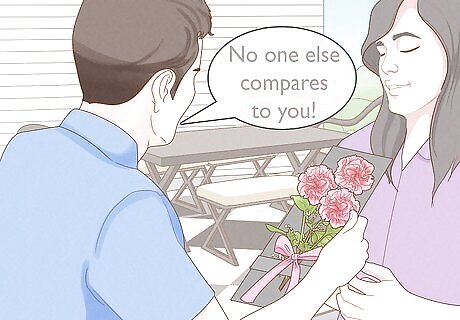
Distinction With their bold colors, interesting patterns, and scalloped petals, carnations are truly one of a kind. These flowers celebrate uniqueness, whether you give them to a friend to admire their quirks or to a partner to say, “No one else compares to you!”

Fascination The intricate blooms of the carnation have enchanted artists for centuries, with Renaissance painters like Leonardo da Vinci and writers like William Shakespeare admiring these blooms. These flowers show your friends or lovers that you find them captivating, charming, and mesmerizing.
The Meaning of Different Carnation Colors

Red carnations represent romantic love and affection. It might come as no surprise that deep red carnations show your passionate, everlasting love for your partner. These vibrant blooms symbolize your heart that’s overflowing with love and fiery passion for them. Pale red carnations signify sympathy and admiration, communicating that your heart aches for the recipient, whether they’re a friend, partner, or acquaintance.
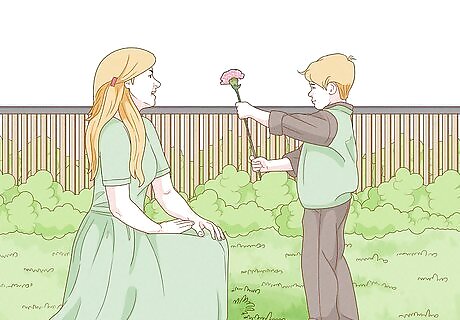
Pink carnations symbolize gratitude. Soft pink carnations are the official flower for Mother’s Day and say, “Thank you” for everything your mother does for you. These sweet blooms also express general appreciation and are great gifts to acknowledge a friend, family member, teacher, or coworker’s help. Dark pink carnations are traditionally associated with blossoming love. Surprise your date with a pink bouquet to show them you’re excited about your future together.
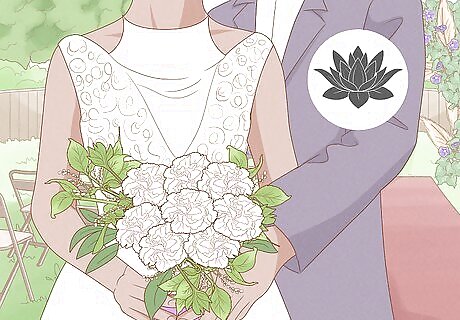
White carnations signify purity and good luck. The elegant simplicity of the white carnation expresses pure love, making it a popular flower at weddings and to give to your dearest loved ones. These blooms are also believed to impart good luck, so give them to a friend who got engaged, graduated, or found a new job. White carnations can also represent sympathy and make a beautiful bouquet to express your condolences. In the Netherlands, white carnations are used to remember World War II and honor veterans of the war.

Yellow carnations represent disappointment and remorse. In traditional floriography, or the Victorian language of flowers, yellow carnations signified a “No” to a romantic proposal. These bright, hopeful flowers are also great for sincerely apologizing for upsetting a friend or partner.

Purple carnations signify capriciousness. These whimsical, enchanting flowers are perfect gifts for the impulsive and unpredictable people in your life. Purple carnations capture your loved one’s adventurous and wild spirit. In France, purple carnations represent sympathy and are traditionally given at funeral services.
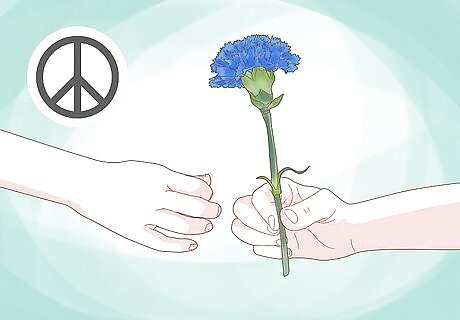
Blue carnations signify mystery and peace. While blue carnations are dyed and don’t naturally exist in nature, their dark hues express magic, enchantment, and serenity. These are great flowers to tell your partner you find them enchanting or the perfect pick-me-ups to help a friend relax and wind down.

Green carnations represent celebration and appreciation. These festive flowers are typically dyed bright shades of green to honor St. Patrick’s Day. The calming green blooms also express gratitude and show your appreciation to teachers, service workers, and other members of your community. Green carnations are also tied to LGBTQ+ history and are used to celebrate Pride Month. They were popularized by the writer Oscar Wilde, who wore the flower to signal his allegiance to the LGBTQ+ community.

Solid carnations represent acceptance while striped means refusal. In Victorian times, carnations were used to signal whether or not you accepted a suitor’s romantic proposal. Sending a solid carnation meant, “Yes” and proclaimed your love, while sending a striped carnation was a resolute, “No.”
The History of Carnations
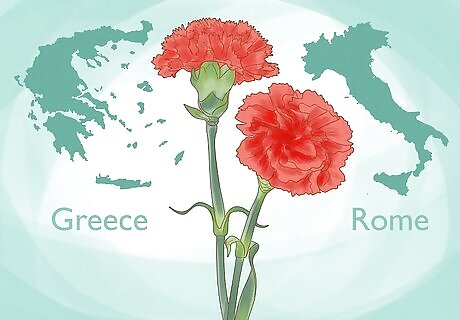
Carnations originate from ancient Greece and Rome. The carnation has been cultivated for thousands of years in the Mediterranean, dating back to at least 300 B.C.E. The ancient Greek botanist, Theophrastus, is credited with discovering the carnation. Most carnations are native to Greece, Italy, Spain, Turkey, and Croatia. In ancient times, carnations were commonly used to treat fevers and stomach aches.

According to myth, carnations originate from the goddess Diana. In the Roman myth, Diana, the chaste goddess of the hunt, came across a shepherd who was too handsome to look at. To stop herself from being enamored by him, she tore out his eyes and threw them on the ground. In their place, carnations bloomed! In French, carnation translates to œillet, which means “Little eye.” In other myths, carnations bloomed from the blood of the Greek hero Ajax.
Carnation Name Meaning

Carnation comes from the Latin word carnis or “Coronation.” Some scholars believe carnations are named after the Latin word carnis, which means “Flesh,” because the first flowers were pale pink and peach in color. Others believe that it stems from “Coronation,” as the ancient Greeks crowned their athletes in wreaths of carnations.
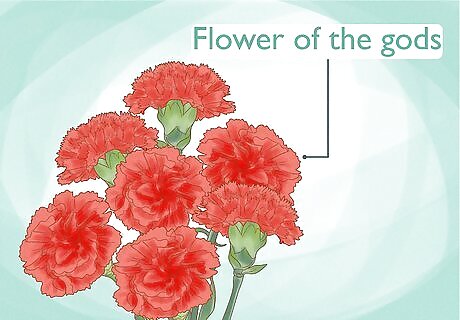
The scientific name for carnation means “Flower of the gods.” The scientific name for carnation is dianthus caryophyllus. Dianthus combines dios, the Greek word for “God,” and anthos, which means “Flower.” The ancient Romans revered the carnation as the flower of Jupiter, who was their primary god.
Carnation Fun Facts

Carnations are associated with many celebrations across the world. The sweet, showy blooms of the carnation are considered special in many cultures and are used to signify other important events, too! For instance: Carnations are the official birth flowers for January. Carnations are the traditional 1-year anniversary gift. Carnations are one of the most popular flowers and are commonly used in wedding arrangements across the globe. In Korea, children give carnations to their parents on National Parent’s Day (May 8). Carnations are the official state flower of Ohio. They honor President William McKinley, who was born in Ohio and was famous for wearing carnations. Carnations are the official flowers of Spain, Monaco, and Slovenia.
Growing Carnations

Carnations thrive in full sun and well-draining soil. If you want to grow carnations in your garden, just find a spot that gets at least 6 hours of direct sun each day. Plant the seeds in the early spring, water them when the soil feels dry, and wait for blooms to appear in mid-summer. Most carnations are annuals, meaning that they only live for 1 growing season. So, you need to replant carnations each year. In the US, carnations grow well in USDA hardiness zones 6 through 9. Cut carnations can last up to 3 weeks in a vase. Just make sure to cut the stems at a 45° angle, change the water every few days, and keep them out of direct sunlight.

















Comments
0 comment